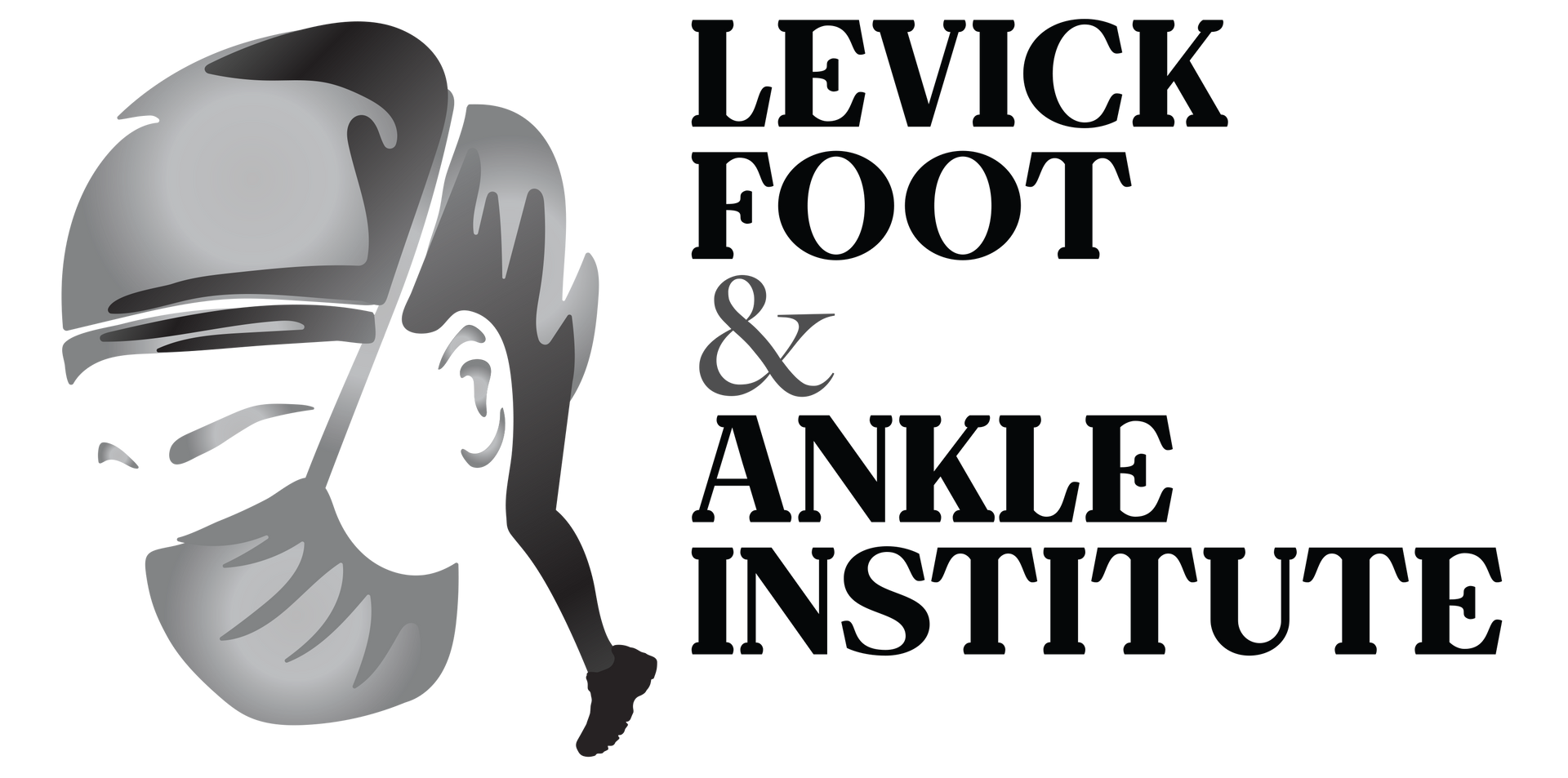SCHEDULE YOUR APPOINTMENT
CALL: 224-723-5588
SAME DAY APPOINTMENTS AVAILABLE
Big Toe Joint Pain/Hallux Rigidus
Bunions, a progressive foot deformity, cause pain and discomfort as the big toe leans toward the second toe. Treatment options range from shoe modifications and orthotics to advanced surgical procedures like the Lapiplasty bunionectomy for 3D correction.
What is Hallux Rigidus?
Hallux rigidus is a disorder of the joint located at the base of the big toe. It causes pain and stiffness in the joint, and with time, it gets increasingly harder to bend the toe. Hallux refers to the big toe, while rigidus indicates that the toe is rigid and cannot move. Hallux rigidus is actually a form of degenerative arthritis.
This disorder can be very troubling and even disabling since we use the big toe whenever we walk, stoop down, climb up or even stand. Many patients confuse hallux rigidus with a bunion, which affects the same joint, but they are very different conditions requiring different treatment.
Because hallux rigidus is a progressive condition, the toe’s motion decreases as time goes on. In its earlier stage, when motion of the big toe is only somewhat limited, the condition is called hallux limitus. But as the problem advances, the toe’s range of motion gradually decreases until it potentially reaches the end stage of rigidus, in which the big toe becomes stiff or what is sometimes called a frozen joint.
Symptoms
Signs and symptoms include:
- Pain and stiffness in the big toe during use (walking, standing, bending, etc.)
- Pain and stiffness aggravated by cold, damp weather
- Difficulty with certain activities (running, squatting)
- Swelling and inflammation around the joint
- Limping (in severe cases)
The sooner this condition is diagnosed, the easier it is to treat. Therefore, the best time to see Dr. Levick is when you first notice symptoms.
If you wait until bone spurs develop, your condition is likely to be more difficult to manage. Surgery ranges from joint clean up procedures (cheilectomy) to custom implant to fusion of the big toe joint. Dr. Levick will determine which is the best course based on patient’s activity level, daily lifestyle and co-morbidiies. Dr. Levick is particularly trained on revision surgery from failed cheilectomies and implants and will utilize her best judgement on how to get you pain-free.

1535 Lake Cook Road Suite 206
Northbrook IL 60062
HOSPITAL AFFILIATIONS
- Advocate Good Shepherd Hospital
- Endeavor Health System (Skokie, Evanston, Glenbrook and Highland Park Hospitals)
- Northwest Community Hospital
CONTACT
Created by Mindset Media Group. The content on this website is owned by us and our licensors. Do not copy any content (including images) without our consent.

